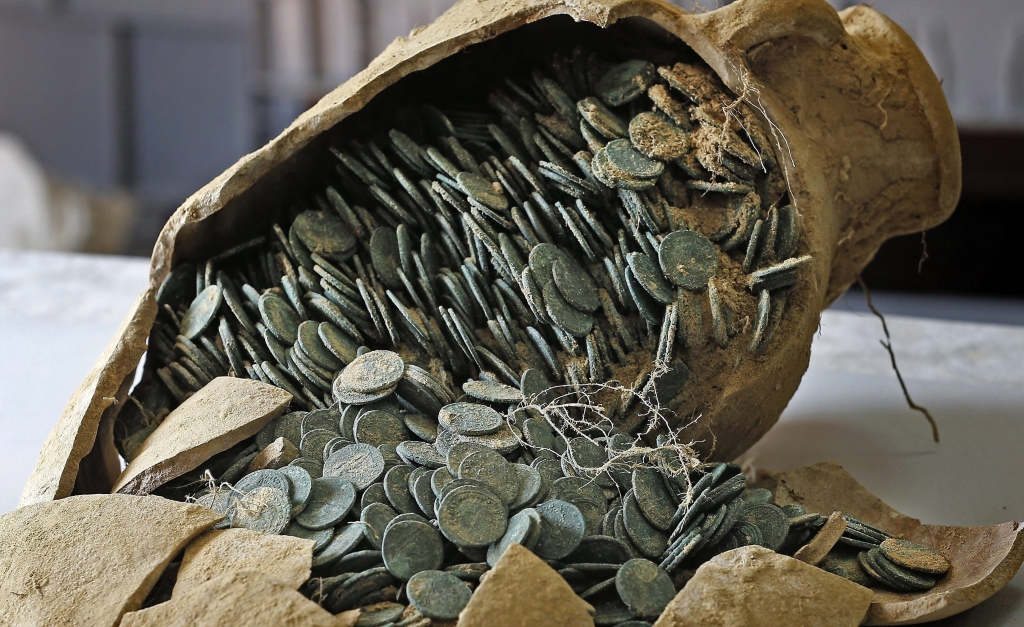-
Tips for becoming a good boxer - November 6, 2020
-
7 expert tips for making your hens night a memorable one - November 6, 2020
-
5 reasons to host your Christmas party on a cruise boat - November 6, 2020
-
What to do when you’re charged with a crime - November 6, 2020
-
Should you get one or multiple dogs? Here’s all you need to know - November 3, 2020
-
A Guide: How to Build Your Very Own Magic Mirror - February 14, 2019
-
Our Top Inspirational Baseball Stars - November 24, 2018
-
Five Tech Tools That Will Help You Turn Your Blog into a Business - November 24, 2018
-
How to Indulge on Vacation without Expanding Your Waist - November 9, 2018
-
5 Strategies for Businesses to Appeal to Today’s Increasingly Mobile-Crazed Customers - November 9, 2018
Park workers in Spain discover huge Roman coin trove
Workers laying pipes in a southern Spanish town have stumbled upon thousands of bronze and silver-coated coins dating as far back as the third century.
Advertisement
Construction workers have found 600 kilograms of ancient Roman coins while carrying out routine work on water pipes in southern Spain, local officials say. They show an emperor, Maximian or Constantine on one side and Roman allegories on the other, researchers told reporters.
The find, in 19 amphoras – storage containers – is unique not only because of the volume of coins but because the coins appear to have never been in circulation, making them nearly pristine by comparison with other discoveries.
Museum director Ana Navarro said the discovery is unique for Spain and perhaps the world. “It is a unique collection, and there are very few similar cases”, she added.
Experts look closely at the Roman coins.
The loot was stuffed inside 19 amphoras, which were smaller than those believed to carry wine and grain.
“I could not give you an economic value, because the value they really have is historical and you can’t calculate that”. Navarro speculates the money was used to pay government taxes or the armed forces, and that the amphoras were buried “because of social conflicts, violence, [and other] threats” of the time.
A clay pot filled with bronze coins is displayed at the archaeological museum in Seville, Spain, on April 28.
The Romans took over the Iberian Peninsula in 218 B.C. During that time, they filled Spain with fantastic architecture, including Tower of Hercules in Galicia, the world’s oldest Roman lighthouse – which is still being used – and the Aqueduct of Segovia.
Advertisement
Construction work in the location of the find has been suspended while archaeologists continue to investigate.





























